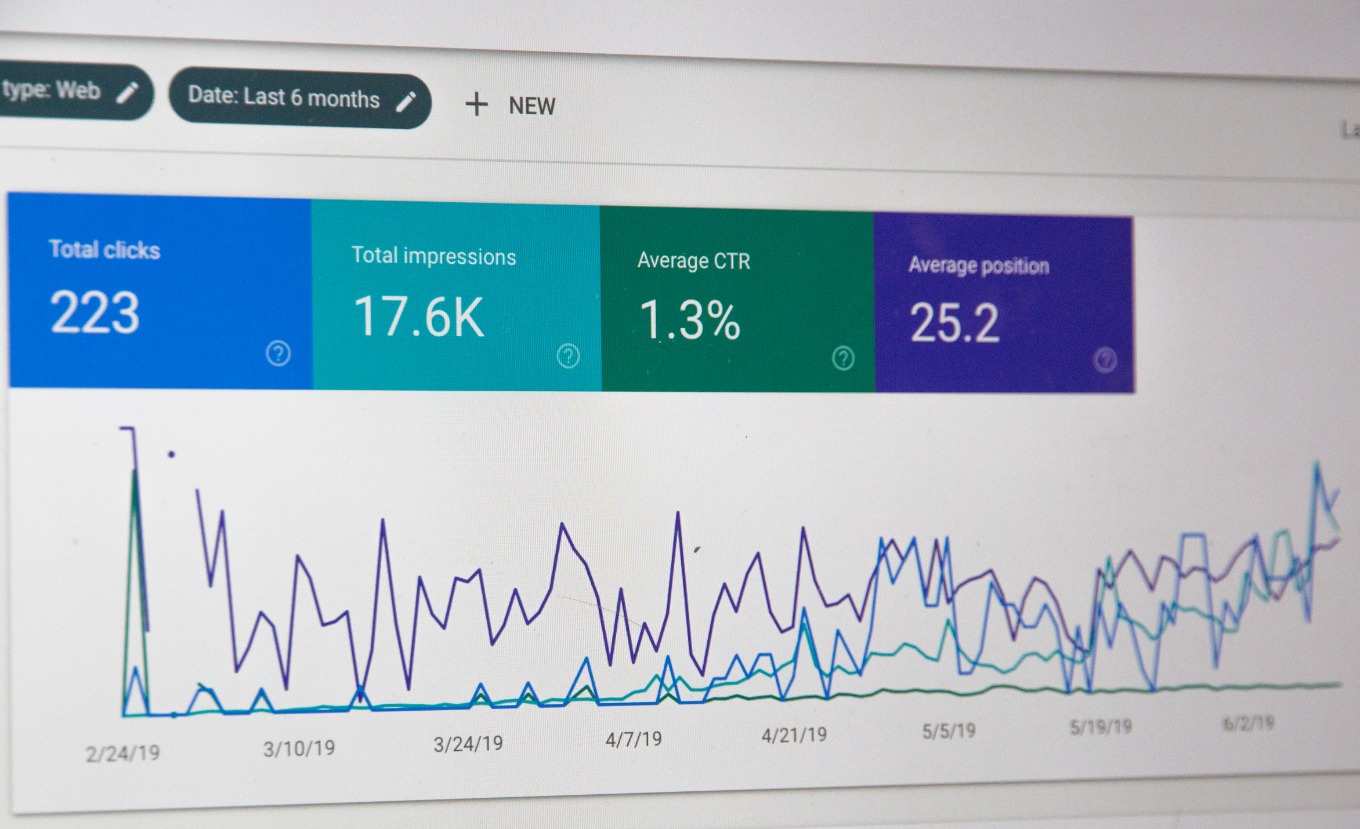What are US Prop Trading Firms and How Do They Operate?
Proprietary, or 'prop' trading firms, are unique entities within the financial ecosystem that have sparked interest and intrigue among ambitious traders and curious investors alike. These firms, which traverse across the American financial landscape in various forms and structures, operate on a model that is distinct, complex, yet alluring for those willing to delve deeper.
At their most basic, prop trading firms are financial institutions that invest their own capital to generate profits. This differentiates them from conventional brokerages that facilitate trading transactions for clients and earn through commissions. The self-financed nature of prop trading inherently carries higher risks, but also opens avenues for disproportionately higher rewards.
The intellectual capital within prop trading firms is a blend of experienced traders, quantitative analysts, and risk management specialists. This diverse team utilizes a sophisticated blend of manual strategies, mathematical models, and computational algorithms. The strategies vary widely from traditional arbitrage and swing trading to more complex high-frequency and statistical arbitrage trading.
One of the common terminologies used in prop trading is "leverage". Leverage, in this context, refers to the use of debt capital in trading activities to increase potential returns. While leverage can magnify profits, it can also compound losses, a risk that is meticulously managed within these firms.
The operational execution within prop trading firms is largely algorithmic, leveraging technology's speed and efficiency. High-speed trade executions are critical in today's financial markets, where price fluctuations occur within nanoseconds, making every millisecond count.
Moreover, modern prop trading firms are often characterized by a culture of innovation, continually adapting their strategies to respond to real-time market changes, legislative shifts, and technological advancements. The Dodd-Frank Act, for instance, significantly impacted prop trading firms by restricting the proprietary trading activities of banks. This prompted prop trading firms to recalibrate their strategies, demonstrating their adaptive resilience.
The existence and operations of prop trading firms are not merely a response to market opportunities but also a product of regulatory evolution and technological advancements. The Glass-Steagall Act of 1933, which separated commercial banking from investment banking, inadvertently fostered an environment conducive to the growth of independent prop trading firms. The repeal of this Act in 1999, followed by the Dodd-Frank Act, reshaped the proprietary trading landscape once again.
The why of the situation is deeply rooted in the potential for extraordinary profits. While the risk-reward nature of prop trading firms may not appeal to the faint-hearted, the lure of outsized gains is an irresistible allure for many. The firms’ ability to harness intellectual power, employ cutting-edge technology, and navigate regulatory complexities positions them uniquely to thrive in the volatility of financial markets.
In conclusion, understanding prop trading firms is a journey into the heart of financial markets, where information, speed, and risk management sit at the helm. The firms leverage technology, intellectual capital, and regulatory environment to exploit market inefficiencies and navigate risks. The fascinating blend of finance, law, economics, and technology that these firms embody makes them a compelling subject for those with an interest in the dynamic world of trading.
The firms’ ability to harness intellectual power, employ cutting-edge technology, and navigate regulatory complexities positions them uniquely to thrive in the volatility of financial markets.






